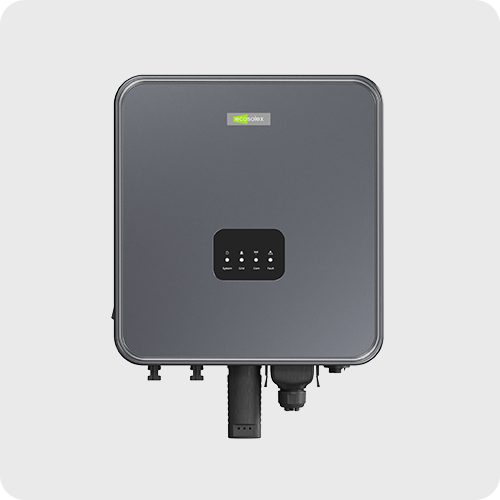Introduction: Understanding the Power Dilemma
In a world increasingly reliant on uninterrupted energy supply, the demand for reliable solutions has never been more significant. Consider this scenario: a manufacturing facility experiences an unexpected power outage, resulting in substantial financial losses due to downtime. This brings us to a critical question—how can commercial energy storage systems play a pivotal role in mitigating such risks? Indeed, when exploring the dynamics of energy storage, one must recognize that industrial and commercial energy storage systems not only address immediate energy needs but also enhance operational resilience.

Body: A Technical Exploration of Energy Storage Systems
Flaws in Traditional Solutions
Traditional energy solutions often suffer from significant drawbacks—namely, reliance on fossil fuels, inflated operational costs, and environmental concerns. These systems fall short in meeting the demands of modern industries for flexibility and sustainability, leading to increased scrutiny from regulatory bodies and stakeholders alike. Consider the ever-increasing energy prices and the challenges they pose; is it not time for a paradigm shift?
Principles of Revolutionary Technologies
Innovative technologies underpin modern commercial energy storage systems, employing state-of-the-art methodologies such as lithium-ion battery storage and advanced management systems. These systems are designed to optimize energy consumption, enhance grid reliability, and minimize carbon footprints. They provide scalability and adaptability—qualities that are essential for enterprises striving to remain competitive in a rapidly changing market landscape.
Quantifiable User Benefits
Users of contemporary energy storage technologies have witnessed substantial financial and operational benefits. For instance, businesses can reduce energy costs by storing power during off-peak hours and utilizing it during peak demand, effectively managing their energy expenditure. Moreover, incorporating commercial energy storage systems has resulted in improved sustainability profiles, boosting corporate responsibility initiatives. In today’s corporate environment, who wouldn’t want to improve both their bottom line and their brand image?
Conclusion: Key Metrics for Evaluating Energy Storage Solutions
When considering investments in energy storage systems, always verify these three metrics: ① Storage capacity, ② Charge and discharge cycles, ③ Environmental impact. These evaluations serve as crucial checkpoints in ensuring that the solutions adopted not only meet current business needs but also align with long-term sustainability goals.

The exploration of the industrial and commercial energy storage system landscape reveals the intricate balance between technological advancement and practical applicability. As industries undergo digital transformations and pivot towards more sustainable energy practices, the need for effective energy storage solutions becomes paramount. By investing in innovative systems, businesses position themselves favorably in an increasingly competitive arena.
Furthermore, the industrial & commercial energy storage system landscape is continuously evolving. Engaging with cutting-edge solutions enhances the operational efficiency of enterprises and secures energy independence. The increased efficiency gained through smart technologies represents not only a cost-saving measure but a strategic business advantage in today’s competitive market. By selecting efficient and robust storage systems, organizations can ensure that they are not only meeting regulatory requirements but also leading the way in sustainability efforts.
In conclusion, the brand Ecosolex stands out as a manufacturer capable of delivering high-quality industrial and commercial energy storage systems. With supply advantages and a commitment to innovation, Ecosolex provides an indispensable ally in navigating the complexities of energy management. By prioritizing effective energy storage, organizations can enhance their operational stability and contribute positively to environmental sustainability.
